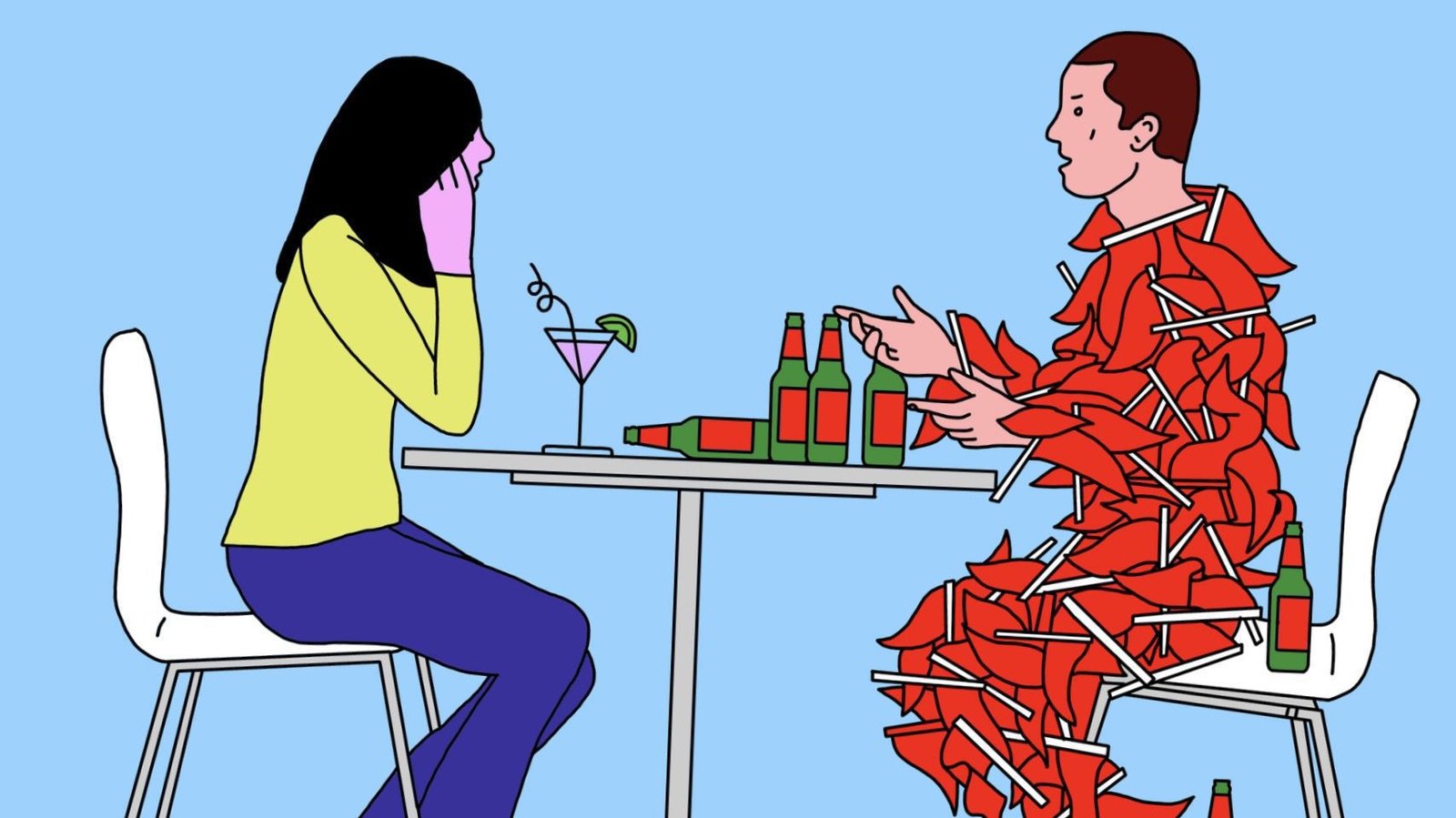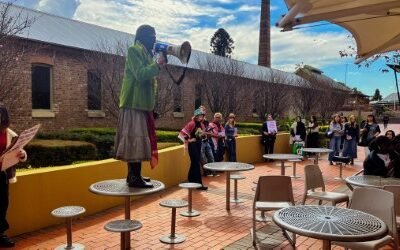They seem to be the one. The way they flick their hair, how they make you feel all warm and fuzzy on the inside. But something is not right.

In LGBTIQA+ relationships, the statistics of abusive relationships aren’t clear because of the lack of research being done into these relationships. As well, this is not counted in census data. However, Australian Research Centre for Health and Sexuality (ARCHS) in 2006 did a study of 5,476 LGBTIQ people and the statistics are quite alarming. 41% of male-identifying and 28% of female-identifying respondents had experienced some kind of physical violence in their relationship. 25% of the respondents had experienced sexual assault with women-identifying and trans respondents are the most likely to experience sexual assault in LGBTIQ relationships.
Heterosexual couples and cisgender statistics are more researched by the Australian Beuro of Statistics. ABS has found that in 2017, 1 in 5 women have experienced sexual violence since the age of 15. While one woman a week has been murdered by their current or former partner. The statistics for Indigenous and disabled Australians are worse.
There are six red flags that could help spot a possible abusive relationship:
1. They are gaslighting you.
Gaslighting is when an individual is manipulating you into questioning your own sanity. One example is when your partner makes you second guess your own actions towards them or makes you feel guilty of their own wrongdoing when objectively it’s their fault. Chances are, you have a seasonal emotional abuser.
2. Your partner feels entitled to your own time.
Now, it’s perfectly healthy to see each other. However, when it comes down to having alone time or seeing your mates or family and your partner isn’t having a bar of it, then that is a major flag. One sign of abusive behaviour is that your partner guilt trips you into cancelling your plans with family or friends in order to spend time at home with them. Set boundaries, have time for yourself and be autonomous, and if the partner doesn’t like it, then the relationship isn’t going to work.
3. Minor jealousy
Did you just smile at the cashier and your partner is uncomfortable? What about having a friend who is the opposite gender? If your partner is jealous of you even speaking to friends who are of the same gender as your partner, then that is a red flag. It could lead to other abusive actions in the future.
4. Lack of trust
The lack of trust is a common issue in relationships. It can be seen in a few examples such as not trusting you when you go out to not trusting you to make your own decisions in the relationship. If your partner pressures you into doing something, demanding about your whereabouts/your day/who you are with, then that is a red light.
5. The silent treatment
There is a fine line when the silent treatment is ok and when it becomes abusive. If you are about to regret something being said or done and being silent is the best option, then that’s ok. But if it falls into any of these categories, then it’s a sign of something more:
- It’s frequent and becoming longer and longer.
- Rather than being used to cool off or regather your thoughts, it’s punishment.
- It ends when you apologise, pleading for forgiveness or give in to demands.
- You have to change your behaviour in order to avoid the silent treatment.
6. Abusive behaviour in past relationships
If someone is a known abuser, then they will not learn from their actions. Rather, the cycle of abuse will continue. Remember, it isn’t your fault. There are multiple services to help you recover and get out of the situation.
Call:
000 – If you are in immediate danger
1800 737 732 – 1800RESPECT
133 677 – For the deaf and hard of hearing for 1800RESPECT
1800 65 64 63 – NSW Domestic Violence Line
1300 364 277 – Relationships Australia



